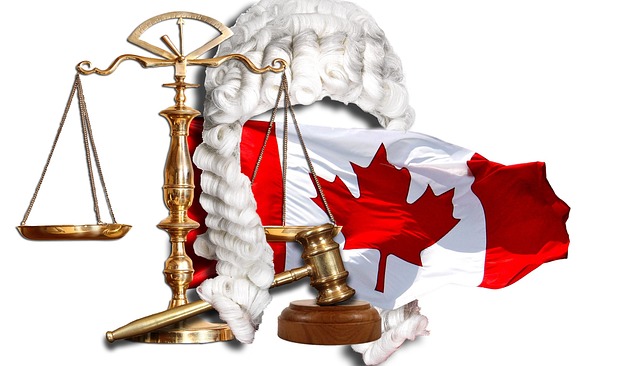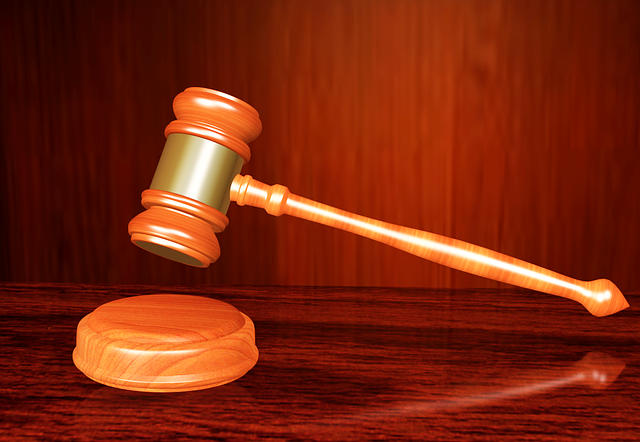Police reports are indispensable tools for legal teams in pedestrian wrongful death cases, providing unbiased accounts and crucial details like witness statements, circumstantial evidence, road conditions, and driver behavior. However, inaccurate or incomplete reports can hinder investigations and weaken arguments for compensation. Attorneys must ensure report accuracy by corroborating with other evidence, but they also face challenges when presenting these reports as evidence in court due to potential objections over subjectivity. Strategic handling of police reports is key to leveraging their insights effectively and pursuing justice for pedestrian victims' families.
Police reports are pivotal in pedestrian wrongful death cases, offering crucial insights into the incident. Understanding their content and impact is essential for both legal professionals and victims’ families. This article explores how accurate police reporting influences legal proceedings, delves into the consequences of inaccurate or partial records, and presents strategies for effectively utilizing these documents while navigating potential challenges in court. By examining these aspects, we aim to shed light on the complex interplay between police reports and pedestrian wrongful death litigation.
- Understanding Police Reports: A Crucial Piece in Pedestrian Wrongful Death Cases
- The Impact of Inaccurate or Partial Reporting on Legal Proceedings
- Strategies for Effective Use and Challenges in Admitting Police Reports as Evidence
Understanding Police Reports: A Crucial Piece in Pedestrian Wrongful Death Cases

Police reports are a critical component in pedestrian wrongful death cases, providing detailed accounts of incidents that can significantly shape legal arguments and outcomes. When a pedestrian is involved in a fatal car accident, law enforcement officers are typically the first on the scene to document the event. These reports include crucial information such as witness statements, descriptions of the circumstances leading up to the collision, and evidence collected at the location.
Accurate and comprehensive police reports serve as the foundation for legal proceedings, offering an unbiased perspective on the pedestrian wrongful death case. They assist attorneys in reconstructing the sequence of events, identifying liability, and supporting arguments related to negligence or intentional misconduct. By analyzing these reports, legal professionals can better understand the complexities of the accident, including any contributing factors like speed, road conditions, or driver distraction—insights that are invaluable in pursuing justice for the victim’s family.
The Impact of Inaccurate or Partial Reporting on Legal Proceedings

Inaccurate or partial police reports can significantly impact legal proceedings in pedestrian wrongful death cases. These reports serve as crucial documents that lay the foundation for investigations and subsequent legal strategies. When information is skewed or details are left out, it creates a flawed narrative, potentially leading to misdirections in the case. This is particularly detrimental as it may result in incomplete evidence collection and weakened arguments for compensation.
For instance, an auto accident attorney representing a pedestrian’s family might face challenges if the police report omits crucial facts about the driver’s behavior or road conditions. Such oversights can create partnership disagreements among legal teams, as they strive to construct coherent theories of liability based on available data. Homeowner insurance claims related to such incidents may also be affected, as accurate reporting is essential for determining coverage and liability in personal injury cases.
Strategies for Effective Use and Challenges in Admitting Police Reports as Evidence

In pedestrian wrongful death cases, police reports serve as crucial documents that can significantly impact the outcome. To effectively use these reports, attorneys should employ strategic tactics. First, they must ensure accuracy and completeness by cross-referencing with witness statements and physical evidence. Police reports can provide a detailed account of the accident scene, including speed estimates, direction of travel, and initial medical assessments, which are invaluable for reconstructing the events leading up to the tragedy.
However, admitting police reports as evidence comes with challenges. Opposition may argue that the report’s subjective elements or conclusions are inadmissible. Additionally, there’s a risk of misrepresenting facts if not properly contextualized. Lawyers must navigate these hurdles by demonstrating the report’s reliability and relevance, especially in cases involving complex issues like truck accident injuries or breaches of fiduciary duty. Effective use requires a nuanced approach to ensure the court considers the report as substantial evidence supporting the pedestrian wrongful death claim.
Police reports play a pivotal role in pedestrian wrongful death cases, serving as critical documents that shape legal strategies and outcomes. By accurately documenting incident details, these reports can strengthen claims and facilitate smoother legal proceedings. However, when reporting is inaccurate or incomplete, it may significantly impact the case’s success. Lawyers must exercise caution when utilizing police reports as evidence, ensuring their authenticity and comprehensiveness to build robust pedestrian wrongful death cases.






